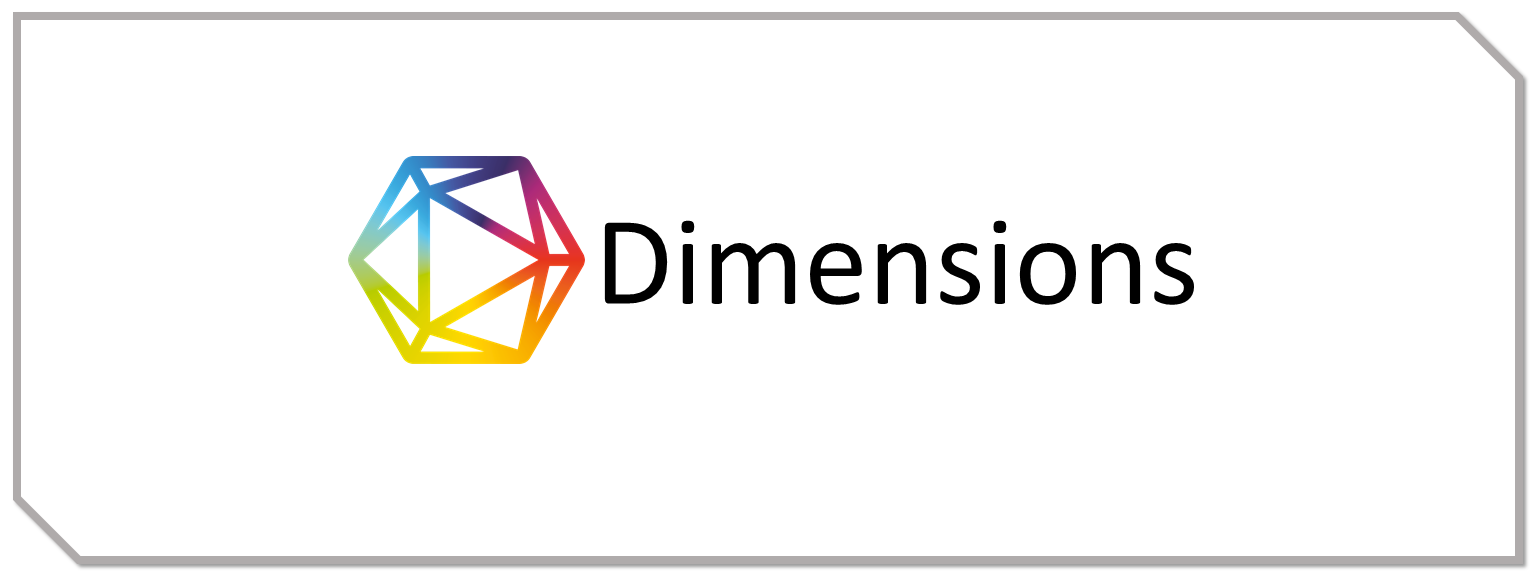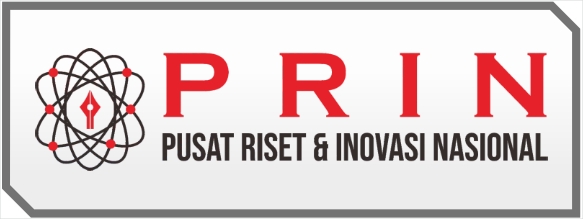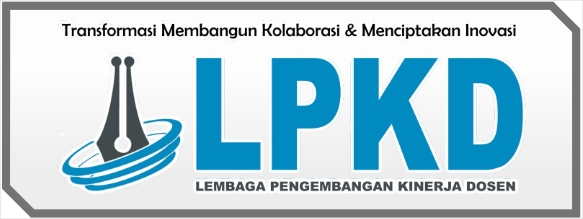Analisis Pembelajaran IPA Menggunakan Pendekatan Lesson Study Learning Melalui Model Transcript Based Learning Analysis (TBLA) Di MTs ABU AMR Tambakrejo Pasuruan
DOI:
https://doi.org/10.55606/jurrimipa.v3i1.2344Keywords:
Science Learning Analysis, Lesson Study Learning, Transcript Based Learning Analysis.Abstract
Lesson study builds a learning community among teachers, learners, academics and education observers. Transcript Based Learning Analysis (TBLA) model is one of the models used to analyze learning transcripts in more depth. This research aims to describe the lesson study learning pattern in science learning through TBLA analysis. The method used in this research is descriptive qualitative research method to describe the phenomena that take place as it is. The research was conducted in class VIII A MTs ABU AMR Tambakrejo, human respiratory system material, with a cycle of plan, do, see. This research instrument is a video and audio recorder and a researcher's field note sheet. Data collection is done through 3 ways, namely documentation, observation and discussion. The data collected in this research is in the form of transcripts of Lesson study Learning Community learning.The data analysis technique uses TBLA analysis model. The results of the study describe the conversations that occur between teachers and students, linear patterned learning, the category leads to Student Center Learning. The conclusion of this research is that science learning of human digestive system material has a linear pattern that describes learning getting stronger to achieve learning goals and SCL categories that are student-centered. This research suggestion can be used as a reference for reflection in developing teacher professionalism to shape more effective learning.
References
Cresswell, J. (2013). Research Design: Pendekatan Kualitatif, Kuantitatif dan Mixed. Pustaka Pelajar.
Fraenkel, J. R. , W. N. E. , & H. H. H. (2011). How to design and evaluate research in education. McGraw-Hill Humanities/Social Sciences/Languages. Frydenberg, M., & Andone, D. (2011). Learning for 21 st Century Skills.
Hajar, M. U. (2019). Analisis pola dialog pembelajaran IPA menggunakan TBLA (Transcript Based Lesson Analysis) di salah satu SMP Kota Bandung.
Hajar, M. U. , & H. S. (2018). Lesson Study As A Meands of Transforming Classroom Discourse and Student Cognitive Engagement in Science Classroom. Journal of Physics: Confreence Series.
Hidayat, A. H. S. (2020). Panduan Sesi Simulasi, Reflektif – Penggerak : Mengupas Learning Patterns? Workshop Internasional Pendidik Penggerak Pembelajaran Reflektif. Jumat 21 Agustus 2020.
Mutiani. Warmansyah, M. A. Syaharuddin. S. H. (2020). Membangun komunitas belajar melalui lesson study model transcript based learning analysis (TBLA) dalam Pembelajaran Sejarah. HISTORIA: Jurnal Pendidik Dan Peneliti Sejarah, 3(2), 123–134. https://doi.org/https://doi.org/10.17509/historia.v3i2.
Sato. (2012). Mereformasi Sekolah: Konsep dan Praktek Komunitas Belajar. International Development Center of Japan. Inc.
Sugiyono, P. (2015). Metode penelitian kombinasi (mixed methods). Alfabet.
Supriatna, A. (2018). Kegiatan Lesson Study sebagai Upaya Guru untuk Menemukan Pembelajaran yang Memenuhi Keperluan Anak Hidup pada Zamannya (Era Revolusi Industri 4.0). Seminar Nasional Edusainstek ISBN FMIPA UNIMUS, 978-602–56, 1–5.
Susetyarini, E. R. A. N. L. R. (2018). Implementasi Lesson study for Learning community Guru-Guru SMPM 8 Kota Batu. Laporan PPMI. DPPM. UMM.
Susilo, H. C. H. R. J. J. Y. D. S. dan S. (2009). Lesson Study Berbasis Sekolah. Bayu Media Publisihing.
Downloads
Published
How to Cite
Issue
Section
License
Copyright (c) 2023 Nikmatul Ulfah, Zulfa Mazida Rohmah , Agus Qowiyuddin

This work is licensed under a Creative Commons Attribution-ShareAlike 4.0 International License.
















